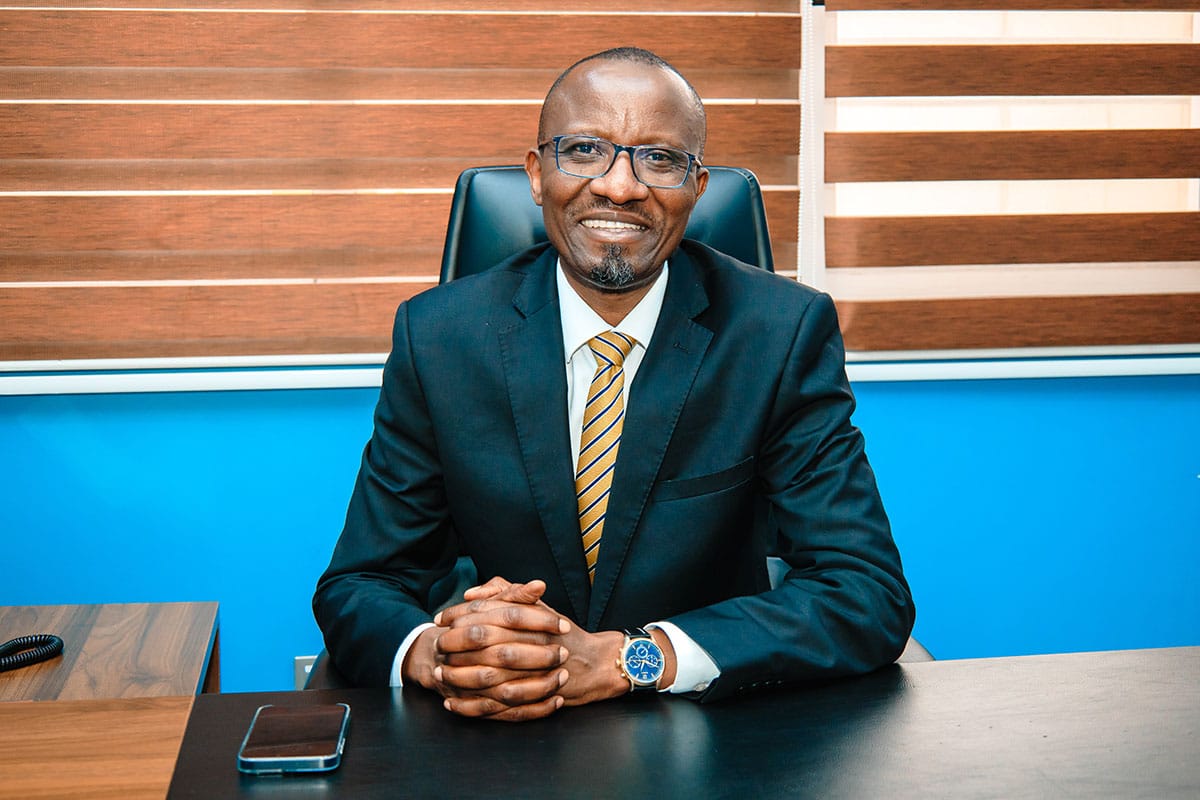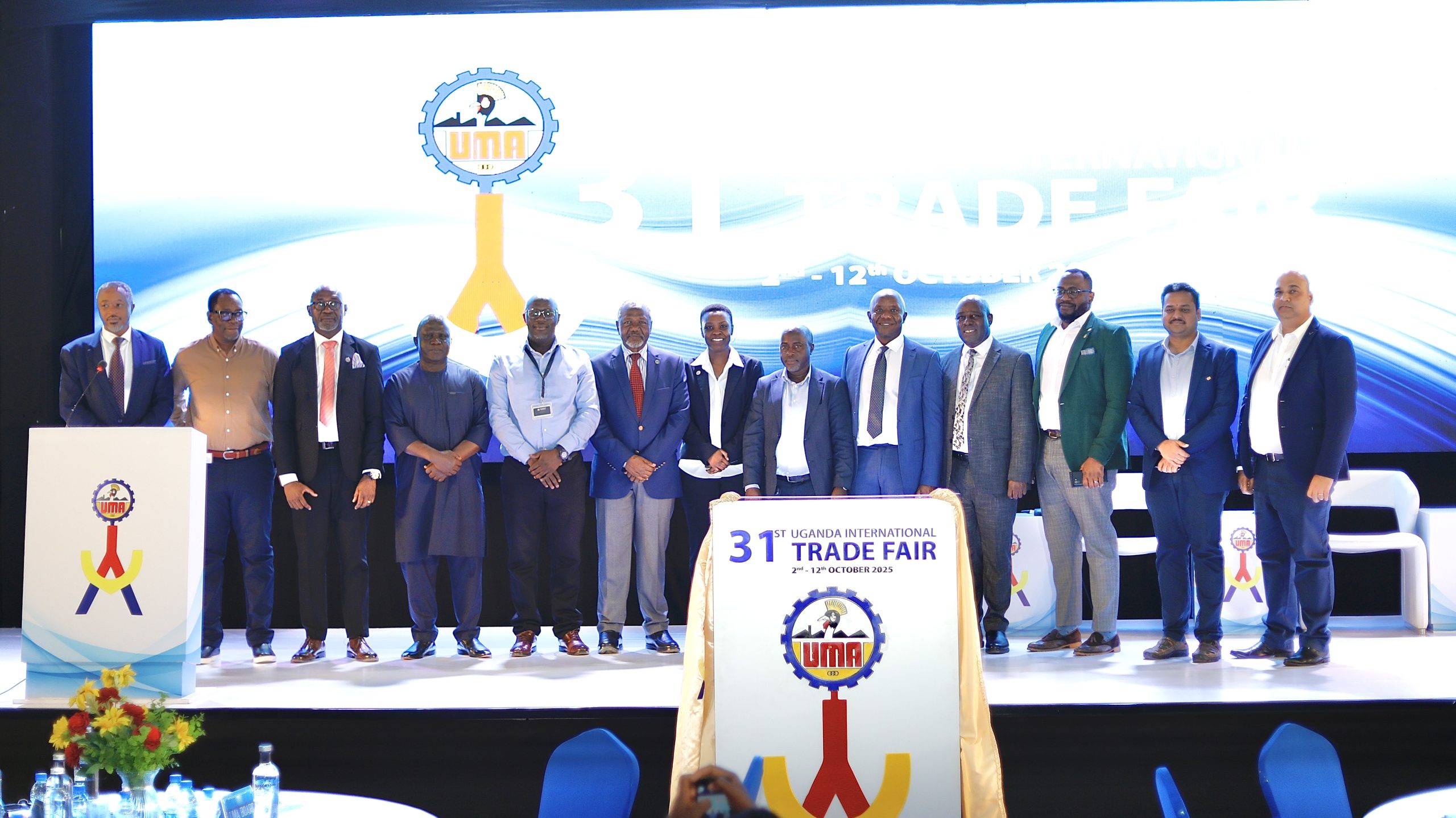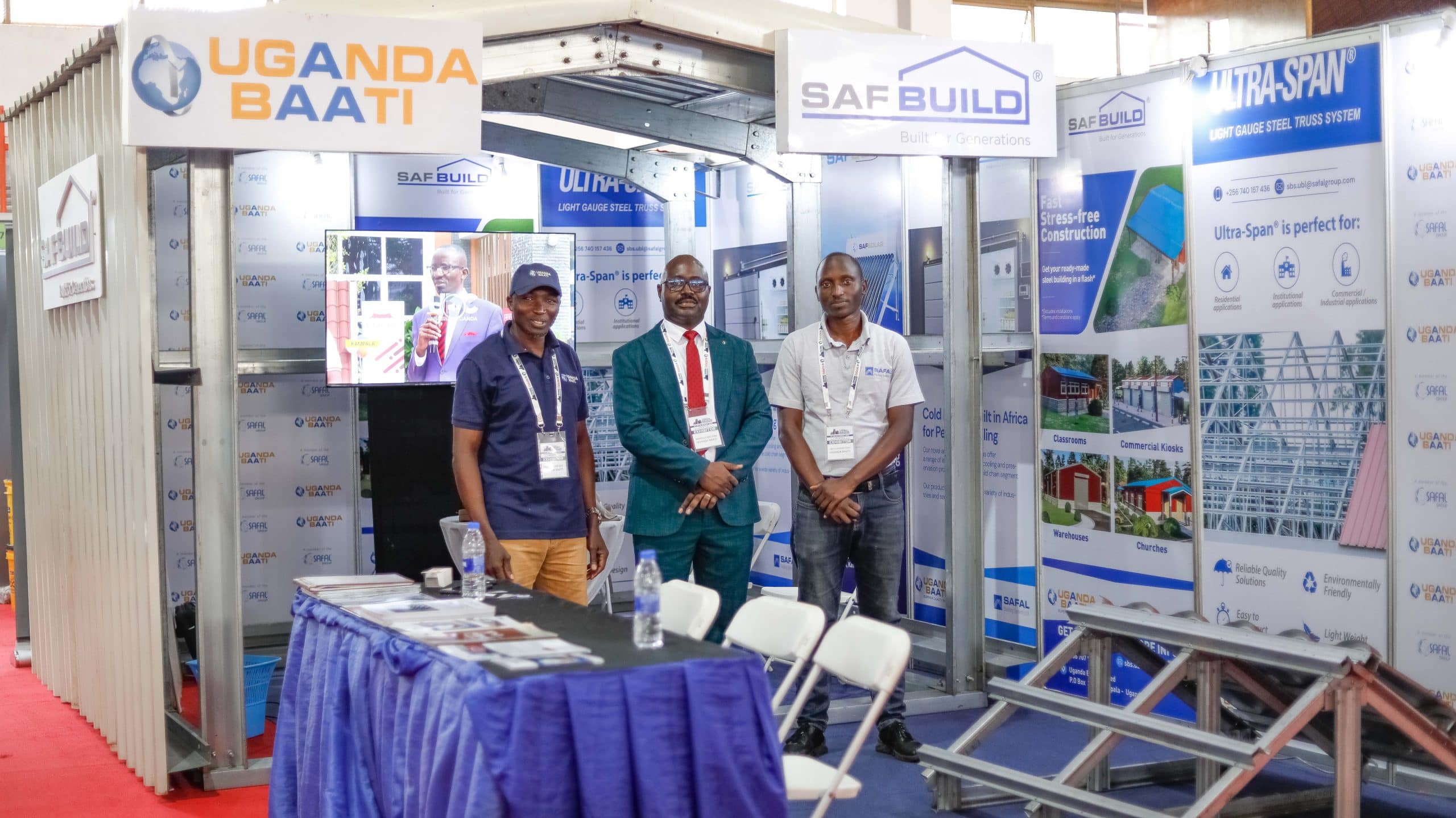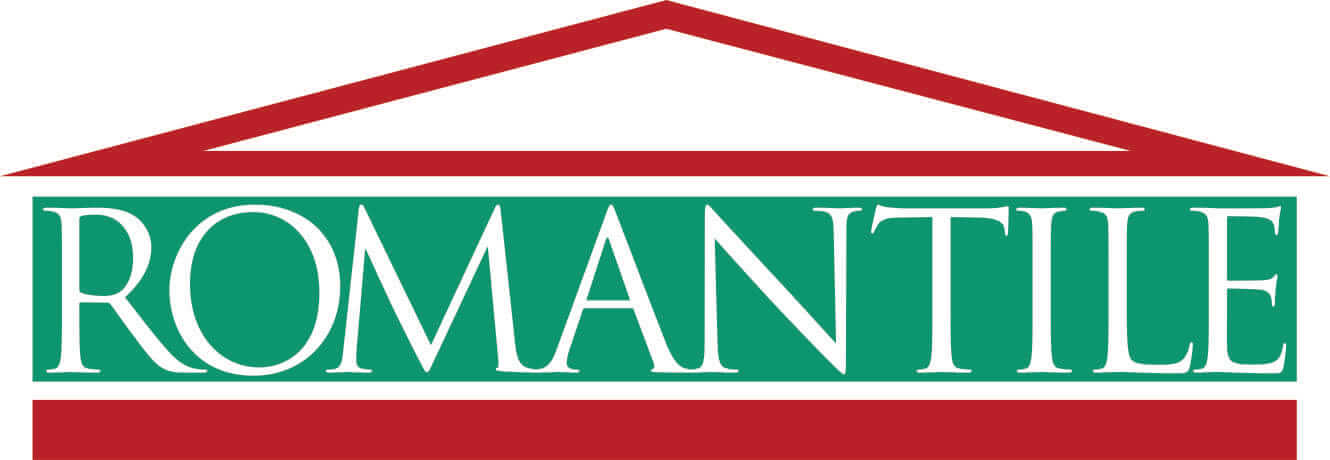
African Continental Free Trade Area: will the current euphoria burst?
Ubaati
2024-03-13
Letter from Bangalore
The quest for economic integration of Africa is finally here. The African Continental Free Trade Area (AfCFTA) represents a historic milestone in the economic integration of the African continent.
The FTA which entered into force in May 2019, is poised to be among the world’s largest free trade areas in terms of participating countries. The FTA brings together a total of 55 countries and 8 Regional Economic Communities (RECs) and aims to create a single market for goods and services, facilitate the movement of capital and promote the free movement of people across the continent.
Just like any economic integration, the potential benefits of AfCFTA are immense and can be the game changer for the continent in job creation and poverty reduction. The sound statistics of GDP in excess of USD 3.6 trillion and about 1.3 million people offers great promise for trade and foreign direct investment.
But amidst all these great statistics the question lingers whether the signing of the Protocol bringing into force the AfCFTA will translate into greater benefits for member states.
In 2009, I was honored to speak at the East Affrica Business Council conference in Arusha. In the session on AfCFTA, I challenged the participants to look at the future of AfCFTA against the mirror of the performance of other regional trading blocs that have dotted African continent for centuries with a view to focusing on the early solutions to the many factors that hindered the success of the various trading blocs .
Some of us who have been at the helm of various integration platforms are privy to the performance of various RECs in Africa- COMESA, EAC, ECOWAS,SADC ,among others. Despite being the youngest REC in the world, East Africa Community (EAC) is still considered among the most successful trading blocs.
With the original 3 founding member states, EAC expanded its membership to include Burundi, Rwanda, South Sudan and DRC Congo. Federal Republic of Somalia was admitted into the community during the sitting of the EAC Summit in November 2023 as the 8th member state.
From coming into force of the EAC Protocol, we have registered great intra trade growth with major gains in balance of trade being registered in Uganda and Tanzania trade with Kenya. The region has continued to attract inflows of FDI due to the offering of the expanded market.
But despite these great strides, we still have teething issues within EAC which inhibit market penetration, making harnessing large market potential a mirage. The policymakers have not been putting their word into action – rolling out policies but reneging on some key implementation. The initial strict adherence to the stipulations of the Protocol has waned with each member state coming up with request in preferential tax treatment and exemptions. The national agenda of the individual member states seems to override some of the key agenda of the EAC.
New member states join EAC with their fingers on the button of Article 19 of the Common Market Protocol on safeguards to continue to gain concessions on application of provisions of the Protocol. The effect of these concessions is that the member states continue to seal their markets from products from other member states thus limiting intra-EAC trade. The initial 5-year window for the exemption under the Article has been thrown out of the window and the concession turned into a permanent feature. Some member states have had stay in application of Common External Tariff on key products manufactured within the EAC for the almost 20 years thus shrinking trade potential within EAC. With the pace of emerging issues within EAC, I foresee a fast erosion of the gains registered in the past, exacerbated by the expansion of membership.
So, as we focus on the future potential of AfCFTA in opening the African continent to trade, we need to retrospect on the areas that continue to beset the realization of the full potential of the current RECs in Africa. For example, COMESA with large membership of 19 states has remained a shadow of its former self and is hardly made reference to in the corridor of trade talks.
As a young boy, I would relate ECOWAS, more, with their contribution to peace keeping missions in the simmering instabilities in West Africa than trade. The recent withdrawal of Mali, Niger and Burkina Faso has further weakened the bloc. Similarly, I struggle to grow a list of economic contributions of IGAD in areas of trade and industry, leave alone social, technological and scientific realm in its over 28 years of existence.
The issues which hinder harnessing the full benefits of various RECs in Africa remain quite similar- stay in application of various aspects of the Protocol, poor infrastructure connectivity, mistrust amongst member states, lack of political goodwill, ego factors in our political leadership which makes it difficult to resolve emerging issues within the RECs and non-tariff barriers with weak mechanism in their resolution.
While the African Continental Free Trade Area (AfCFTA) holds significant promise for economic integration and growth across the continent, some challenges which has affected other integration initiatives in Africa may show up under AfCFTA and their resolution remain crucial for ensuring the sustainable and inclusive development of the FTA.
One of the primary risks to the success of AfCFTA is the ineffective implementation of its provisions. Coordinating policies and actions among the 55 member states, each with its own regulatory environment and economic framework will pose a significant challenge. There must be deliberate and standardized regulations across the diverse economies, a task that can prove to be complex requiring strong will among member states.
To me, another key challenge in intra trade within AfCFTA remains infrastructure connectivity that is crucial to facilitate the seamless movement of goods and services between the member states. European Union has managed to register great success in intra trade of above 50% mainly due to infrastructure connectivity.
In Africa, even roads within our major manufacturing zones are in a pathetic state which hampers movement of goods within a few kilometers’ radius from manufacturing plant. We still have some shipments from one member state to another being routed through Europe with transit time as long as 40 days , while transit time from most India to some African ports is under 10 days.
Other than movement of goods, the movement of people freely within most African countries is a challenge from the cost on air fares and immigration regulations. When we are currently challenged in trading freely with neighboring member states within the current RECs, how easy it will be to explore the market opportunities offered by distant AfCFTA markets is yet to be tested.
Addressing these challenges will require strong commitment, collaboration, and coordinated efforts among member states for long-term success of AfCFTA.
Meanwhile, I put my eggs in various baskets.
The writer is CEO, Uganda Baati Ltd & Vice Chair – Uganda Iron and Steel Sector Association (within Uganda Manufacturers Association)



















